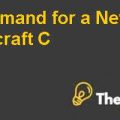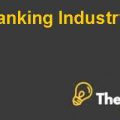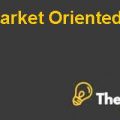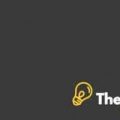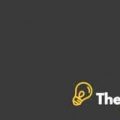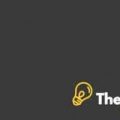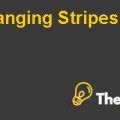
INTRODUCTION
Porter’s five forces of competitive position analysis were developed by Michael E. Porter of Harvard business school in 1979. Porter’s five forces model provides a framework for assessing and analyzing the competitive strengths and position of the corporation or business. The porter’s five forces model proposes that any organization is influenced by five forces. Moreover, it is used to assess the competitive strategy, structural attractiveness and business value of any organization.
International business and the global economy play an important role in the society and are operating under more interconnected and globalized world. Moreover, the globalization of the world company leads the company to face multiple issues and challenges such as high competition, the inflexible working environment, downsizing, talented employees, and customers’ satisfaction.
Furthermore, the changing perspectives of the customer’s needs and demands lead the company to improve the quality products consistently, with value-added services at reasonable price. Apart from that, it is important for the company to build a constructive and positive relationship with the suppliers to gain quality raw material and services at a reasonable and discounted price.
According to the porter’s, a company’s competitive standing is determined by four other factors apart from the rivalry competition such as customers, suppliers, substitute products and potential entrants. The extended rivalry that drives from all five forces defines an organizational structure and shapes the nature of competitive interaction within and outside of the organization. Thus, in the long run, a combination of all the forces drives competition and profitability rather than where the product lies in its product life cycle.
Therefore, Michael porter’s five forces model helps the company to analyze and assess these issues and challenges, to increase the competitive and customer’s advantage in the long run. Moreover, this model helps the managers to identify the competitive landscape of the industry, determine how and where the organization can operate and identify the pure competition within the market.
Furthermore, it is likely to be the best model to be used in the decision of entry or to bring the change in the market and should always be considered during the business planning and strategy stage in the company lifecycle. Whether the company earns and attractive return on investment and revenue or incur losses in the future, it helps the company to mitigate the risks and increase its profitability.
PORTER’S FIVE FORCES MODEL
Following are the Porter’s five forces model that will help the company to develop a board and sophisticated analysis of the competitive position of the competitors and the company itself. Moreover, it helps to create an innovative and creative strategy, plan or to make the investment decision task, to gain competitive and customer’s advantage in the long run and mitigate the future risks of the company.
Threats of new entry barriers
Threats of the new entry barriers are one of the factors that shape the competitive strategy of the company. The potential and existing competitors around the world influence the average industry profitability. Moreover, the profitable market that yields the highest return on investment, attract numerous new firms to enter the marketplace. However, new entrants in the market or industry raise the level of competition and also affect the competitive strategy of the leading company.
The threats of the new entrants based on the market entry barrier. Moreover, the most important market segment is one in which entry barriers are high, and exit barriers are low. If the entry barriers are low and incumbents are unlikely to react much and as a result, the threats of entry are high and industry profitability is moderated. Furthermore, the new entrants in the industry put pressure on prices, costs, quality products, value-added services and the degree of investment necessary to compete.
The leading company such as Coca-Cola, Pepsi, Unilever, General Motors, Ford, IBM, Burger King, McDonald’s have low entry barriers because they already gained maximum share and brand loyalty. Therefore, it would be difficult for the new entrants to compete with the leading companies. Following are the major sources of entry barriers, except the intrinsic physical or legal obstacles:The Five Competitive Forces That Shape The Strategy Case Solution
First, supply-side economies of scale arise when the firm produces the larger volume that increases the economies of scale and decreases per unit cost. Moreover, the firm can also get the benefit of spreading the technology and marketing costs over a larger volume. However, this situation leads the company to face the dilemma of whether to launch the product on large volume or low volume, to gain the benefit of per unit cost......................
This is just a sample partial case solution. Please place the order on the website to order your own originally done case solution.

